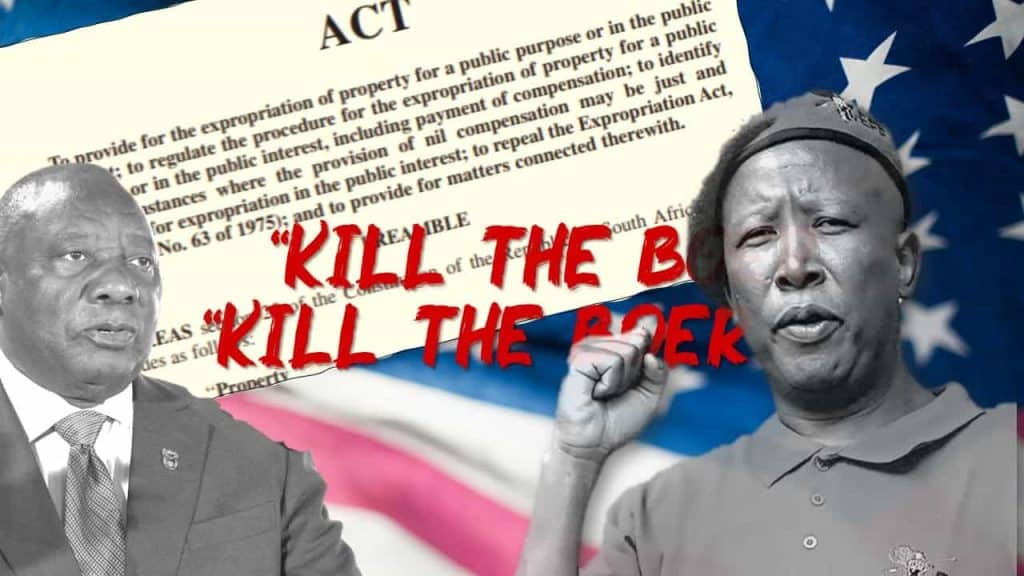The influence of bullying on our country’s children in 2019: Physical, emotional, verbal and cyberbullying. What can be done?
Bullying is continuous harmful or aggressive behaviour, specifically aimed at a learner with less authority and self-confidence than the bully.
Verbal bullying is when the bully offends, threats and scoff at children.
Emotional bullying is repeated negative actions – not necessarily physical or verbal – used to deliberately hurt others. These actions include gossiping, social exclusion, stealing, damaging or destroying their belongings, intimidation by gestures or threats, and cyberbullying.
Physical bullying is when the bully uses his body to push around the victim, or to kick, hit, pinch or box the person. This form of bullying is easier to perceive than verbal and emotional bullying.
Cyberbullying is defined as an act by which someone (the victim) is harassed, humiliated, threatened or embarrassed by electronic means, such as flash messages, emails or social media. Children use mobile phones, tablets and the Internet to send ugly messages to each other, to make rude comments on someone’s photos, to create hate groups and to upload photos of the person without their permission, which makes them upset and feeling shy.
Anonymous cyberbullying is when someone bullies others by using technology or electronic devices to disguise his/her identity. It can be done over mobile phones or online.
On 7 March 2019, The Citizen shared a cartoon of schoolchildren walking past a lamppost with a billboard of The Citizen, which reads “Schools turned into war zones”. The facial expressions of the learners were cruel, with gnashing teeth, screwed up eyes and a prominent frown on the forehead. Each learner was wearing a weapon – a knife, pistol and a pair of scissors.
The cabinet has recently expressed concern about the increase in bullying, violence and robberies in some schools. Since the beginning of the year, there have been several incidents of bullying and violence between learners, or between learners and teachers. At Mateane Primary School in North West, Madan Motlhamme (13) was stabbed in the stomach by a classmate; this eventually led to his death. Five learners, aged 15 and 16, from Flora Park in Polokwane attacked and killed Thoriso Themane. A sixteen-year-old learner from Mpheko Primary School in Peddie was stabbed in the back after an argument with a fellow student on the playground. Two learners from Lenasia Secondary School were suspended after distributing a video of a learner attacking a teacher on social media.
These are just a few of the events that have taken place this year. To read more about these, go to https://www.sanews.gov.za/south-africa/prevent-schools-becoming-death-traps?fbclid=IwAR0Bx3LgBOI_Iwua033Payz8NgGatC1YXg_ItfHXDuXeTjqx_vWeJ2dp6cw.
Recently, the so-called “Momo Challenge” made headlines. It is a type of online bullying which allegedly causes children to either hurt themselves or take their own lives. According to information distributed on social media, Momo is a monstrosity with a large, fake smile and big eyes that appear on the cell phones and computers of children. Momo challenges are shared on YouTube, WhatsApp and Facebook, and the commands must be carried out if you want to connect with Momo. There is not yet any confirmation of the “Momo Challenge” in South Africa, nor of anything related to it, but parents still need to be prepared for these types of phenomena. For more information on the “Momo Challenge”, click on this link: https://maroelamedia.co.za/nuus/sa-nuus/ouers-rasend-oor-gevare-van-momo-uitdaging/.
 Parent24 recently reported that parents should be prepared for YouTube videos that may be interrupted by suicide tips. It is important that parents know what their children may watch and what not. For example, there are age restrictions on certain TV programs, video games and movies. However, the Internet makes these things a little more complicated. Fox 4 Now believes that some videos on an app which look like animation may contain inserted parts that may not be suitable for children – or actually for any person, but it is aimed at children. Here you can watch a video by the YouTube prankster Filthy Frank where he is giving children suicide tips (not for sensitive viewers): https://www.youtube.com/watch?v=BljeROiohuc.
Parent24 recently reported that parents should be prepared for YouTube videos that may be interrupted by suicide tips. It is important that parents know what their children may watch and what not. For example, there are age restrictions on certain TV programs, video games and movies. However, the Internet makes these things a little more complicated. Fox 4 Now believes that some videos on an app which look like animation may contain inserted parts that may not be suitable for children – or actually for any person, but it is aimed at children. Here you can watch a video by the YouTube prankster Filthy Frank where he is giving children suicide tips (not for sensitive viewers): https://www.youtube.com/watch?v=BljeROiohuc.
For more information on these incidents, refer to the following article: https://m.parent24.com/Family/Parenting/moms-and-dads-the-youtube-videos-your-kids-are-watching-may-be-interrupted-by-suicide-tips-20190226?fbclid=IwAR2Y5Xnm5peKYRFfWiQXKciUX2g97uUv88wQD4-bDsgK-qSUAukbnGTeJcU.
Bullies can be prosecuted, irrespective as to whether it is physical, verbal, emotional or cyberbullying. According to Megan Harrington-Johnson, managing partner and founder of HJW Attorneys, bullying in itself is not necessarily a crime, but bullying behaviour can be categorised as a crime. She also mentions that a minor who is convicted of bullying will not necessarily end up in jail. The minor will have to attend a diversion program that deals with anger management, while also receiving counselling. For more information on this matter, please refer to the following video and article: https://www.enca.com/news/bullying-could-be-criminally-prosecuted?utm_term=Autofeed&fbclid=IwAR2ay9WNDZLnjm9OB4dzucqdRTCmH2Wy3f8xmGsh1KCL9GKK2QjPRHUkW-s. Children can be charged and prosecuted for bullying from the age of ten years. Parents and their children can themselves obtain a court order against bullies under the Protection from Harassment Act. For more information, go to https://www.netwerk24.com/Nuus/Onderwys/selfs-10-jarige-boelies-kan-vervolg-word-20190221#loggedin.
Bullying truly is a serious problem in our society. Recently, a 13-year-old girl from Pretoria North took her own life after apparently being bullied on WhatsApp. Read more: https://maroelamedia.co.za/nuus/sa-nuus/13-jarige-sterf-byna-nie-kans-om-te-reageer-op-boeliegedrag/.
What can I do if I am the victim of anonymous cyberbullying?
- Let your voice be heard – Make sure you tell a friend or an adult you trust what is happening. It is extremely important that you do not suffer alone and in silence.
- Don’t respond – People who anonymously bully other people usually want to elicit a response. By not responding to the messages, you ensure that the bully does not get satisfaction.
- Keep the evidence – This is very important, in case the bullying worsens. A photo or screenshot is an efficient and fast way to store evidence.
- Report it – On most social media platforms, you can report negative content. Make sure you know where on the platform to do so, and don’t be afraid to do it. Offensive messages or photos can be removed quickly and effectively. If you get bullied via a cell phone network, contact your cellular network for assistance.
- Block the bully – Most social networks have a blocking option which allows you to stop interacting with other users. Information on how this can be done usually appears in the platform’s security centre. On mobile phones, this usually can be done under “Settings”.
- Privacy settings – With most social networks, you can change your privacy settings so that you don’t have to interact with people with whom you don’t want to communicate.
- Police – If you think an incident is serious enough to be considered a criminal offence, call your local police station and report the case. You may contact the police at 10111 or Childline South Africa at 08000 55 555.
AfriForum’s anti-bullying campaign team visits primary schools to raise awareness of bullying and how to curb it in schools.




















